Ontario Grousin’: Season’s End (Part 2)
[Here’s the second and final part of contribution by Serious Canadian grouser Jeff Laberge on his season and lessons learned in winter grousin’. We continue with the rest of lesson 2 (hunting grouse on snow) as well as a wrap-up. Thanks Jeff!]
Theoretically the birds would stay in thick cover until the sun hit the open woods and then they’d move out to take advantage of the warmth. Because of this, Ruby and I weren’t in our normal mad rush to start hunting.
It was Dec. 9 and the weather was calling for 17 degrees F with sunny breaks. The ground had 2-4 inches of fresh snow. And we were going grouse hunting. Yipee!
I’d decided that we would focus on an area that had produced the most number of birds earlier in the season, an area lovingly referred to as B*tch Bush. It’s a fairly large cut that wasn’t replanted, but a thicket of tightly packed poplar, birch and alder has come up.
It runs parallel to a winding creek – when the woodcock are in, it’s unbelievable. Go beyond where the woodcock are found, and it’s a grouse mecca. It’s one of my favorite places in this world.
My thought was that there’s a smorgasbord of good winter food throughout the area with gravel not far off (logging road to the east). So there’s no reason the birds wouldn’t be close by – I just needed to find where their winter-time shelter was.
I committed to busting bush for as long as it took to find that spot. The relationship Ruby and I have isn’t democratic, so she was game too.
At the entrance to Bitch Bush, I found a large wolf track. I figured wolves were in the area because I’d found a wolf kill (1.5-year-old buck) earlier in the fall. This was proof they hadn’t moved out.
We hit the bush and trucked in for a long while. After about an hour we hadn’t cut a single grouse track despite hitting dense spruce and balsam stands. I decided to cut straight across the back end of the cut which led to a different area on a south-facing slope.
While we bushwhacked through, Ruby got birdie and I cut the first grouse track. Just as the dog went on point, a bird flushed out the other side of a group of cedars offering no shot. We found two other birds which pulled the same trick for a total of 5 flushes. On one hand I was happy to have finally found birds, on the other hand I was disappointed to not have a shot at them.
A ways further, we cut the track of a lone bird. I followed it along like a hound and the bird flushed 10 yards away. I knocked it down with the second barrel of the 16ga. (Yes, I’m stuck in 1934, shooting a 16ga over an Irish Setter!) Ruby found the wounded bird and we were pretty happy that we wouldn’t be going home empty handed again.
I won’t get into all the details of the rest of the hunt but the same thing happened at another location with similar cover, but this time there were 5 birds. The birds flushed keeping thick evergreen cover between us. We followed up on two of them and I got a Hail Mary shot at one but missed.


Takeaways
My takeaways on hunting grouse in the snow are:
> The birds get concentrated when the snow hits.
> The cover will be close to where you find them earlier in the fall, but it will be thick evergreens (look for cedars). You’ll notice that the snow on the ground in these stands is minimal, allowing for the birds to run around as if there was no snow.
> The cover in both spots was close to wet areas: One was adjacent to a beaver pond complex, the other next to a creek.
> The birds flush so they keep cover between you and them – even worse than earlier in the fall.
> The dog has trouble picking up scent early. This could be due to a number of things: maybe the birds don’t move around as much so there’s less scent to pick up, maybe the scent doesn’t hold because the ground cover is buried in snow, maybe the colder weather makes it so the scent is less concentrated, etc.
> Tracking a bird in the snow is fun.
Stats for that winter day:
> Number of Grouse: 9
> Number of Flushes: 14
> Shots Fired: 4
> Number of Birds Taken: 1
Advantage: Grouse!
– End of part 2 of 2 –
Category: 2011-12 reports, Canada, Hunt reports, ON, Ruffed Grouse, Tips, Winter, Woodcock

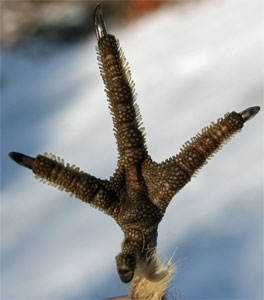
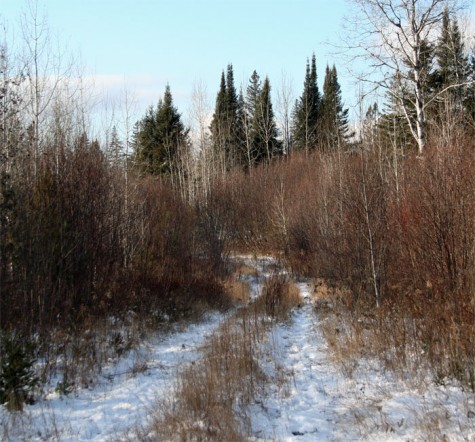
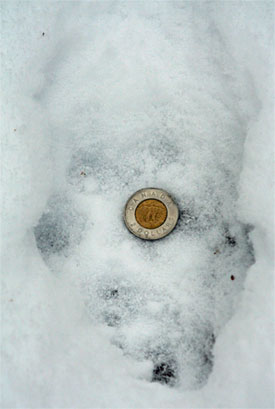
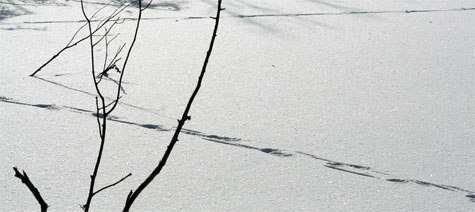




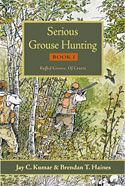
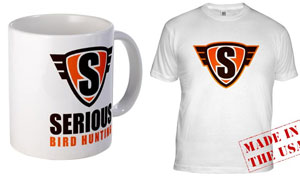
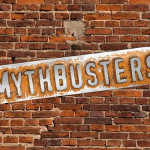
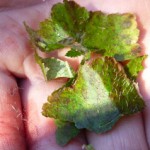
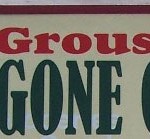
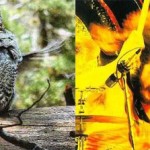
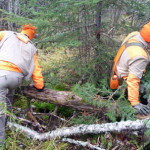
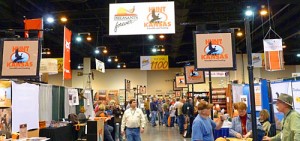
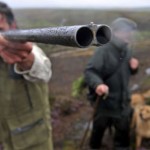
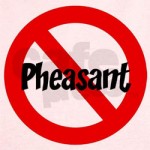
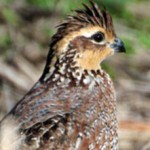
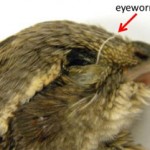
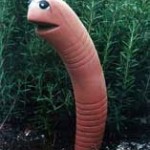
Late season grouse hunting in snow is a constant learning experience. If you can’t locate birds in the typical cover…pines, alders, young aspen (clear-cuts)…venture into the hardwoods where mature popples exist. The birds will be feeding on the buds. Be prepared for long, wide-open shots…definitely not an open choke.
I agree on your observations and the one comment. Here in wisconsin, I find the best shots are when they are eating buds in the trees. They are not there long however. Pick the warmest part of the afternoon. Find a slope facing the sun next to cedar/conifer cover that has tracks.. sit down and wait. they will fly into the trees for their meal of the day. You will be waiting. sometimes it is hard to get them to flush out of the tree. Definitely full choke.